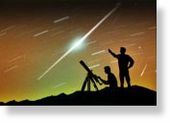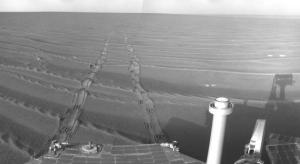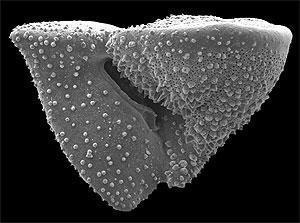
© Unknown
For meteor observers, the presence of an almost-full Moon cast a bright pall on this month's performance of the Geminid Meteor Shower, normally one of the best meteor displays of the year. But for a wild card, another very good meteor shower may be right around corner. And for this one, the Moon will not play a factor at all.
So, get out your 2009 calendar and put a big circle around Saturday morning, Jan. 3.
That's the expected peak date for the Quadrantids, a notoriously unpredictable meteor display. In 2009, peak activity is due to occur in the pre-dawn hours of Jan. 3 and will strongly favor western North America. If the "Quads" reach their full potential, observers blessed with clear, dark skies could be averaging one or two meteor sightings per minute in the hour or two prior to the break of dawn.
The Quadrantid (pronounced KWA-dran-tid) meteors provides one of the most intense annual meteor displays, with a brief, sharp maximum lasting but a few hours. Adolphe Quetelet of Brussels Observatory discovered the shower in the 1830's, and shortly afterward it was noted by several other astronomers in Europe and America.



Comment: Click here for a PDF article about the Clovis comet.